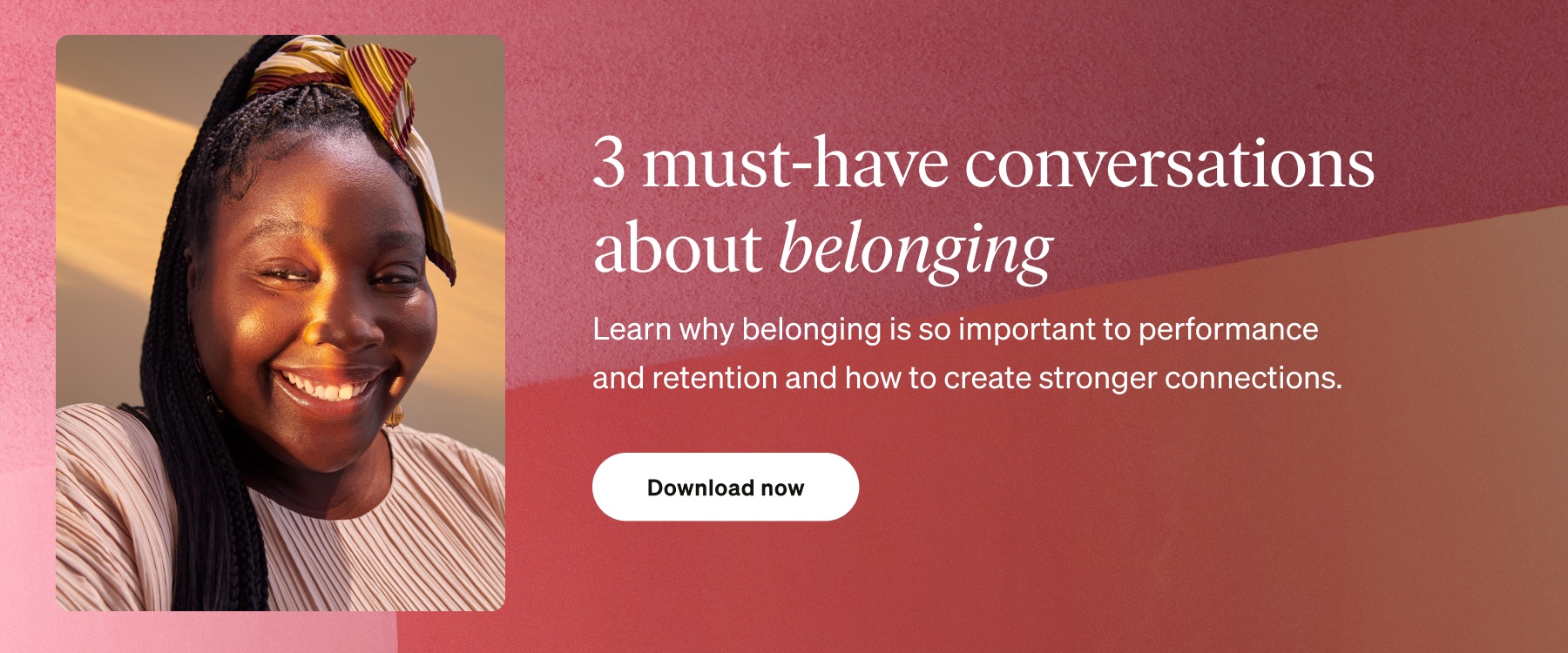The job market is tight. 1 in 4 US employees plan to leave their job post-pandemic prompting some to dub it “the great resignation.” Experts say a turnover “tsunami” is coming.
Why? On a macro level, the pandemic has given us a chance to reevaluate our lives, our values, our needs, and our circumstances. There is also pent up turnover that will release with more economic security.
Employees who hunkered down, grateful for a job through the crisis, are finally taking a breath and considering their options. Many are frayed, burnt out from the endless workday. Others have discovered a work-life-home balance that they intend to keep. Home buying has surged with many workers moving to new locations.
Research suggests that 46% of employees feel less connected to their company now than before the pandemic.
With location-independent arrangements opening up a wider talent market, organizations have to revisit the question: what differentiators will talent look for...or stay for?
When it comes to intent to stay, even pre-pandemic, it wasn’t just money or flexibility or a well-stocked break room. Many employees wanted work environments that provided connection, meaning and purpose, and opportunities to develop and grow. Do those types of day-to-day, non-monetary factors still apply in a red-hot, post-pandemic job market?
We looked at BetterUp Member data to better understand how one factor — feeling a sense of belonging — drives a person’s intent to stay with their employer.
What the data says — Belonging matters but it isn’t all that matters
Members with the highest levels of belonging have 34% higher intent to stay than those with low levels of belonging.
But, belonging alone isn’t enough. Work life balance and stress management play an important role. These two dependencies determined the strength of the connection between belonging and intent to stay. If the organization isn’t supporting people in healthy work life balance or if stress is too high, the “belonging bonus” for intent to stay gets diluted.
Why it matters
For organizational leaders, if you want to improve intent to stay by 1.3X the data suggest that belonging is a lever worth paying attention to.
Belonging is a key part of the holistic experience of the workplace. Employees who have a high sense of belonging are 10 times more likely to be satisfied with their jobs and more than twice as engaged at work. Belonging is good for business.
Organizations that invest in the employee experience are going to have a talent advantage. Yet, as we look to the next normal of work, the employee experience has shifted. Remote and location-agnostic work will be more prevalent. Employees also may be more sensitive to how organizations approach burnout, stress, and well-being.
If organizations want their investment in belonging to succeed, they also need to think about work life balance and stress. The issue of work life balance is likely going to be more important for those employees navigating work from home and those with children. And, with so much of the workforce in states of languishing coming out of the pandemic, stress is a struggle for most people today.
The good news is, there are solutions that can help. For people who start out low in belonging, we see improvement of 52% in just 3-4 months using BetterUp. When they improve belonging with coaching, intent to stay moves up by nearly 10% on average. With a coach, work life balance also improves by 46% and stress management by 90%. Taken together, those three factors can boost intent to stay for the workforce you can’t afford to lose.
The data is clear: Helping people find belonging, stay connected with others (in and outside of work), and manage stress are critical components of a data-driven post-pandemic retention strategy.






